The faded fingerprints of the Roman Empire are all over Europe, but especially in its viticulture. Wherever Roman trade routes went, the planting of vines soon followed. Naturally, as a student of wine, I often find myself reading about the Roman roots of not only Italy but the Rhine, the Rhône, Burgundy, Beaujolais, Galicia and the Douro. But what about the empire’s own backyard of Lazio? Many of us don’t have the faintest idea about its viticultural history or even what grows and thrives there today.
That’s about to change. In the last 20 years, Italian wine as a whole has pivoted away from the sameness of the 20th century palate, and embraced what makes it unique: local varieties that offer a taste of place. As so often happens in this nation of a million rebirths, what is ancient and non-replicable elsewhere becomes a catalyst for the future.
Which is finally happening in Lazio with winemakers like Damiano Ciolli. Along with his significant other, enologist Letizia Rocchi, Damiano has helped bring one of Lazio’s most important grapes, Cesanese d’Affile, back from exile onto an international stage. His vineyards, near the village of Olevano Romano, grow out of rich volcanic soil with the consistency of coffee grounds.
“You see the hills above Olevano are where the olive trees are,” Damiano said through a translator as we drove out to see one of his vineyards. He is an intense and handsome man, with a salt-and-pepper beard and a neatly parted mane of hair. He moves quickly and speaks faster, Italian rolling swiftly off his lips. “Here we make olive oil and wine. Olevi e vino. Olevano.”
But this is not just about Damiano and Letizia working with an old grape. It is about how they’re working, and what it says about the very thing that held Lazio wine back in the post-war years. In an effort to spur growth and development, the agricultural sector turned to quantity over quality. To reverse that mindset, growers like Damiano and Letizia needed to sacrifice short-term revenue for long-term promise. Today, they use zero chemicals in the vineyard and utilize (rather than stifle) biodiversity between the vines. They have even accepted once-outmoded techniques, like the double-spur cordon vine training (“it spreads out the roots and is better for water stress”) and concrete-vessel fermentation. On their own, none of these tactics are revolutionary, but put together, they serve a purpose: to reveal the true voice of Lazio’s wine speaking through the Cesanese grape.
Explore This & Other Stories
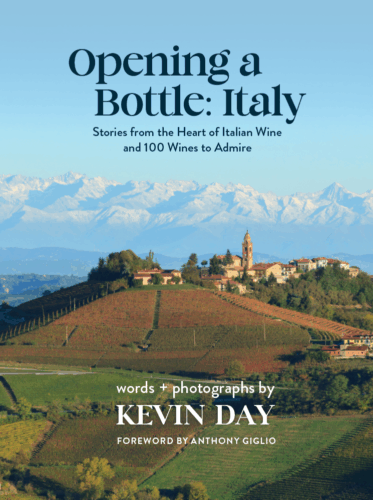 Damiano Ciolli’s story is profiled in my new book, Opening a Bottle: Italy, which is now available in hardcover from BookBaby and via E-book on openingabottle.com.
Damiano Ciolli’s story is profiled in my new book, Opening a Bottle: Italy, which is now available in hardcover from BookBaby and via E-book on openingabottle.com.
The book includes several new stories and 100 Wines to Admire from across Italy. Get your copy today!

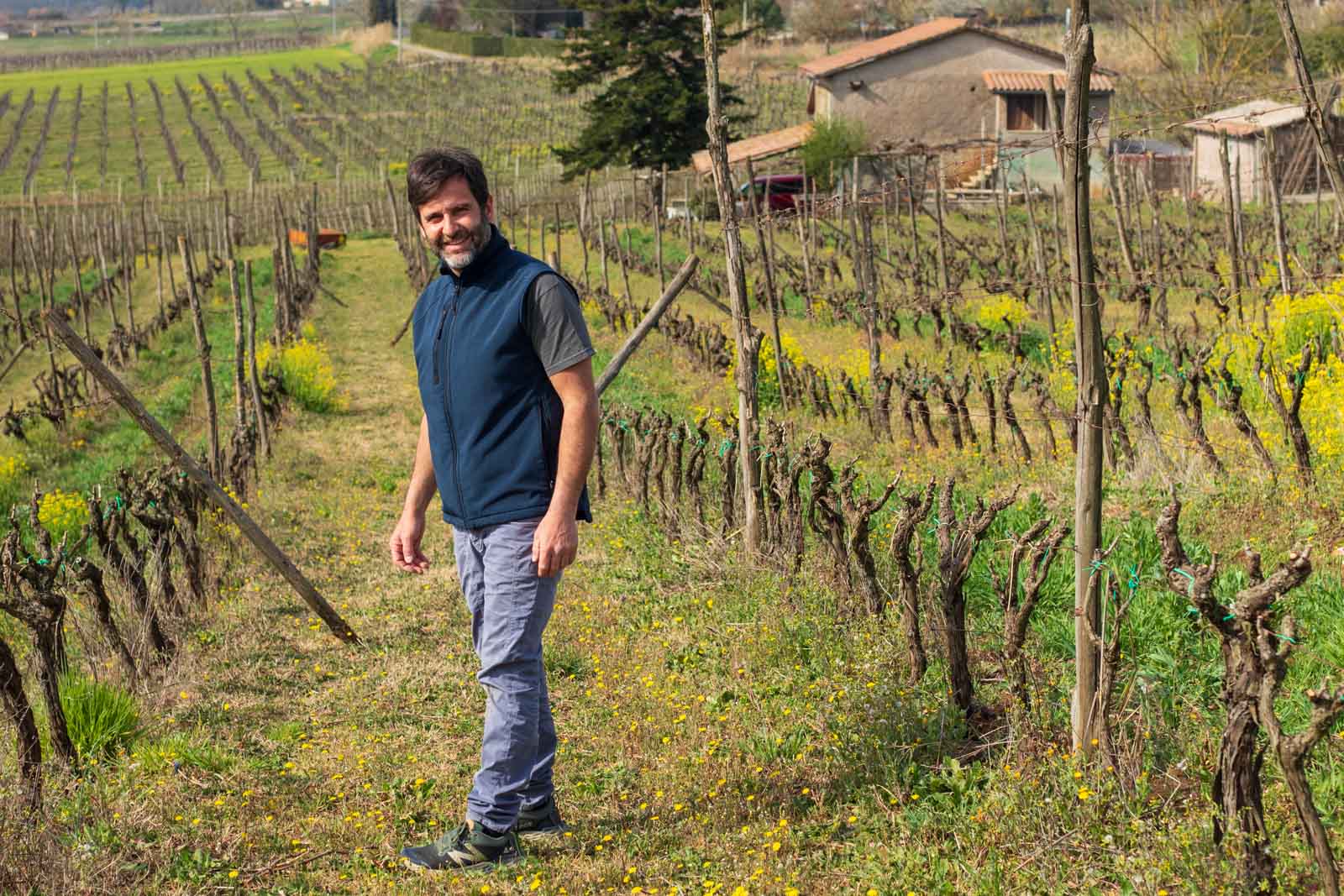
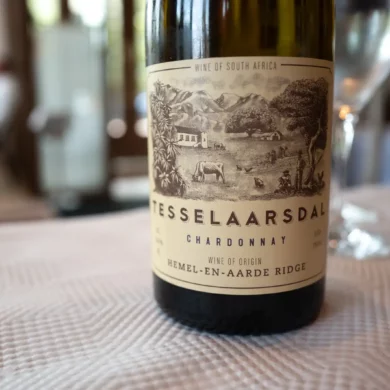
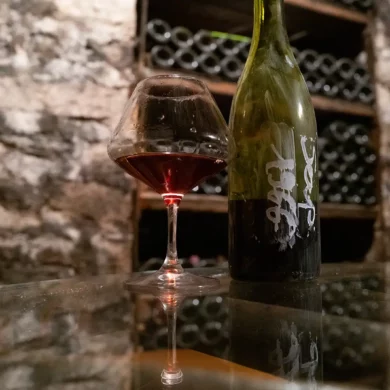
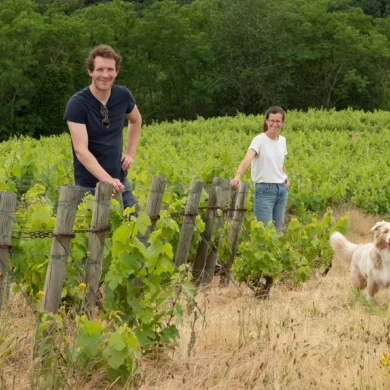
Dear Kevin,
I am really impressed by your blog which Do Bianchi kindly
recommended. As an importer “Racines” in Japan, I highly appreciate the achievement you shows in your articles.
I hope to be one of your obedient followers.
Best wishes,
Masaaki
Thank you for your support, Masaaki, and for your kind comments. It sincerely puts “wind in my sails” to keep doing this work. Jeremy is the best … such a great guy, and a wonderful mentor for me.
Hope we can meet in person and toast with a glass of Cesanese or something soon.